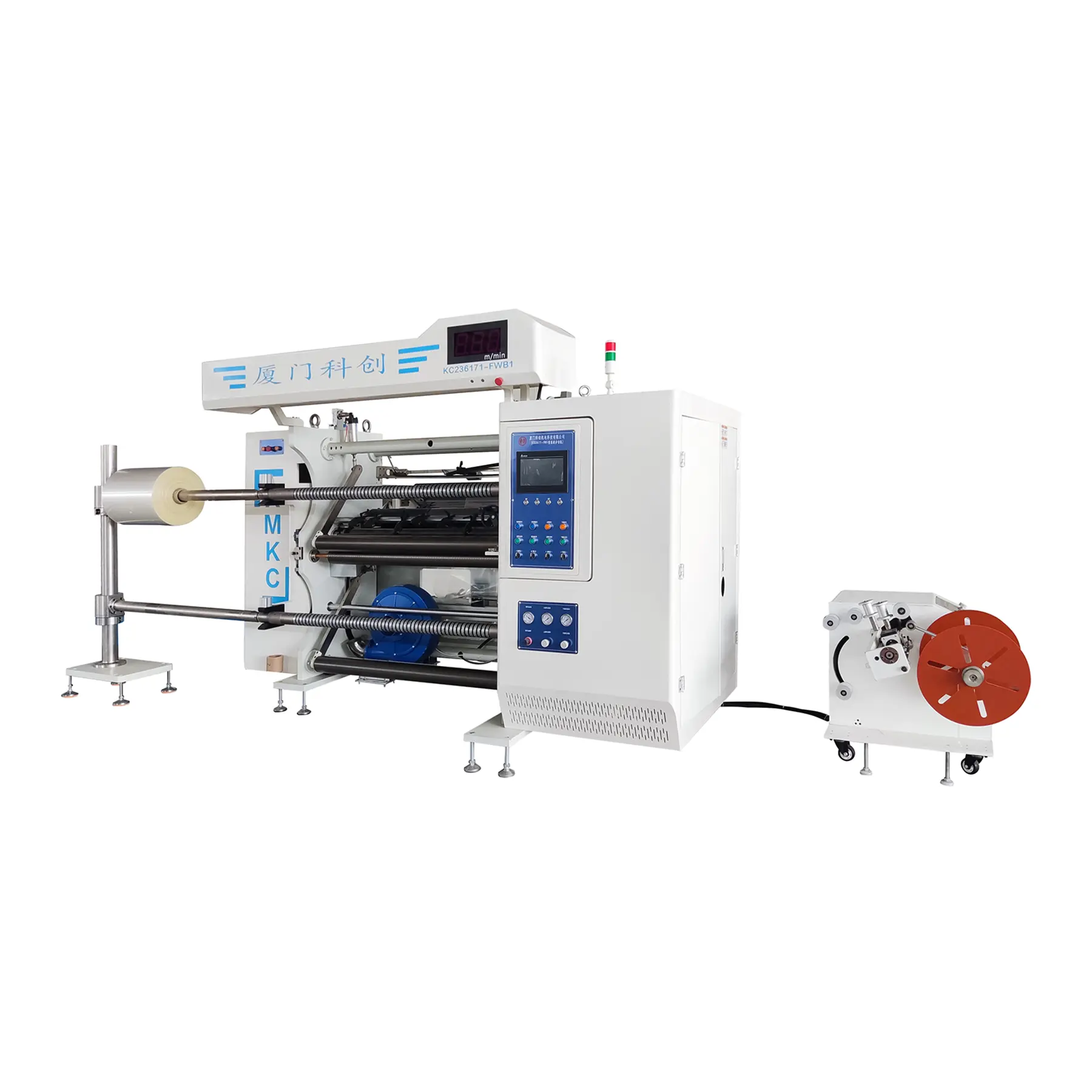How Does a Slitting Machine Work?
2025-07-15
A slitting machine works by cutting large rolls of material—usually metal, plastic film, paper, or fabric—into narrower strips with high precision. It’s commonly used in manufacturing to prepare materials for further processing. Here's a step-by-step breakdown of how it works:
The process starts when a large roll of material, known as the master roll or parent coil, is loaded onto the unwinding unit of the machine. This section feeds the material into the machine in a smooth and controlled manner. Tension controls are used to keep the material flat and steady, preventing wrinkles or misalignment.

Once the material is unwound, it moves into the slitting section, the core part of the machine. Here, it passes between a series of circular knives or rotary blades mounted on top and bottom shafts (called arbors). These blades are spaced and adjusted based on how wide the final strips need to be. As the material moves forward, the rotating blades slice it into multiple narrow widths in a continuous motion.
After the cutting is done, the newly slit strips are separated and directed through a set of guides or tension rollers, which help maintain their alignment and prevent overlapping. The strips are then wound individually or in groups onto recoiling shafts, forming smaller, neatly wound rolls ready for packaging or further use.
In more advanced systems, slitting machines also include features like automatic blade positioning, laser edge guides, and scrap removal units to increase accuracy, reduce waste, and save time.
In summary, a slitting machine takes a wide roll of material, precisely cuts it into smaller strips, and rewinds them for easy handling. It's a vital tool in industries like metal processing, packaging, electronics, textiles, and printing.


